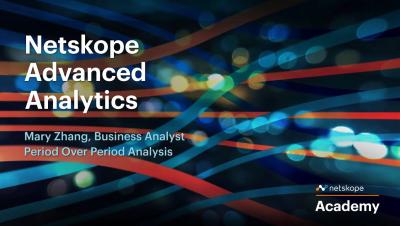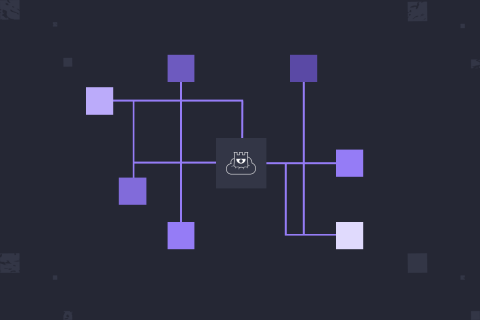Security | Threat Detection | Cyberattacks | DevSecOps | Compliance
Security
What is a Keylogger? How they Work and How to Stop Attacks
A keylogger is a type of spyware that monitors and records user keystrokes. They allow cybercriminals to read anything a victim is typing into their keyboard, including private data like passwords, account numbers, and credit card numbers. Some forms of keyloggers can do more than steal keyboard strokes. They can read data copied to the clipboard and take screenshots of the user's screen - on PCs, Macs, iPhones, and Android devices. Keyloggers are not always the sole threat in cyberattacks.
Securing supply chain software
82% of professionals believe that software supply chain security should be given a degree of priority, with only 7% stating that it is not a priority at all. This is one of the key findings from us Pulse survey of 298 senior technology executives from companies in North America, Europe, Africa, and Asia.
Common Causes of Data Backup Failures
No matter how careful you are with your data storage and data protection measures, the risk of data loss is always there. You need to be sure that your company is prepared in the event of cyber attacks or system failures. Hence the need for data backup is so important; a company must have a copy of lost data for swift disaster recovery after a crisis. Too many organizations, however, overlook the possibility that their data backups might also fail.
What You Should Know About Web Shell Attacks
In a blog post published in February 2021, Microsoft noted that web shell attacks had been steadily increasing since mid-2020. There were 140,000 monthly web shell attacks from August 2020 to January 2021, more than twice the average from 2020. The increasing prevalence of these attacks has a simple reason: web shell attacks are easy to author and launch. So, what are web shell attacks? Why should organizations be more aware of them?
Outpost24 acquires Specops for enhanced user security and secures further funding to continue growth
Why retailers must adopt a Zero Trust approach during this holiday season
The pandemic accelerated a trend that was already gaining increased traction: the preference for shopping online. The last eighteen months have brought a surge to the eCommerce industry, with consumers of all ages learning how to order items online. Competition has never been fiercer for online retailers, which means it’s not just quality products and customer service that companies must focus on.
Crowdsourced security is now a need, not a nice to have
It takes a crowd to secure the attack surface. Detectify collaborates with the Crowdsource ethical hacker community to power a fully automated external attack surface management solution. This is a guest blog post from Crowdsource hacker Luke “hakluke” Stephens on why he believes crowdsourced security is now a necessity.
[New research] SSL certificates could be leaking company secrets
SSL/TLS certificates make the internet a safer place, but many companies are unaware that their certificates can become a looking glass into the organisation – potentially leaking confidential information and creating new entry points for attackers.
Lessons learned from improving full-text search at Snyk with Elasticsearch
Elasticsearch is a popular open source search engine. Because of its real-time speeds and robust API, it’s a popular choice among developers that need to add full-text search capabilities in their projects. Aside from being generally popular, it’s also the engine we’re currently moving our Snyk reports functionality for issues! And once we have everything tuned in issues, we’ll start using Elasticsearch in other reporting areas.










